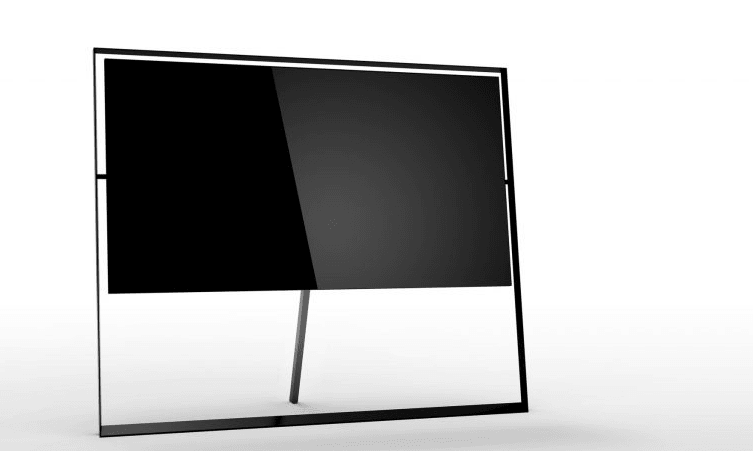Samsung Electronics unveiled their all-new Q9S 85-inch QLED TV with AI technology at its CES event, which the company said will be their first commercial 8K television. The highlight feature of the Q9S is that it offers more pixels than modern 4K TVs. Despite the fact that high-resolution video content isn't available, Samsung seeks to remedy the situation with AI technology.

The high-end 85-inch TV comes with AI-driven technology that will upscale the traditional 4K and even HD content to an unbelievable 8K, i.e. 7680 x 4320 pixels resolution. Samsung said the company’s AI-driven technology would collect and analyse millions of videos to self-convert low-quality content to higher quality by filling in the gaps to the information that doesn’t exist.
"The Q9S incorporates AI technology to deliver clear and pristine 8K resolution for any type of content. Using a proprietary algorithm, the Q9S continuously learns from itself to intelligently upscale the resolution of the content it shows -- no matter the source of that content -- to gorgeous 8K.,” said Samsung.
The new TV will also feature fully automated recovery in sound and audio. For example, when playing a low-resolution sports content, the Samsung’s AI-driven technology will enhance the sounds to offer a richer experience for the customers.
Samsung plans to launch the Q9S 8K televisions internationally during the second half of 2018, starting with Korea and U.S. markets. The South Korean giant company revealed the AI-powered 8K QLED would be available for screens beginning from 65-inches. Further details, including pricing and availability, were not immediately disclosed but it is likely the new TVs will start for more than $40,000.
In addition, the Korean giant announced the company’s first modular MicroLED TV dubbed The Wall. The wall has a bezel-less design and is based on Samsung’s Cinema Screen technology. Without revealing any pricing or availability of MicroLED TV, Samsung announced, the modular screen can be used to create a wall-sized display, or simply let consumers increase their traditional screen size to suit a new room in the home.















